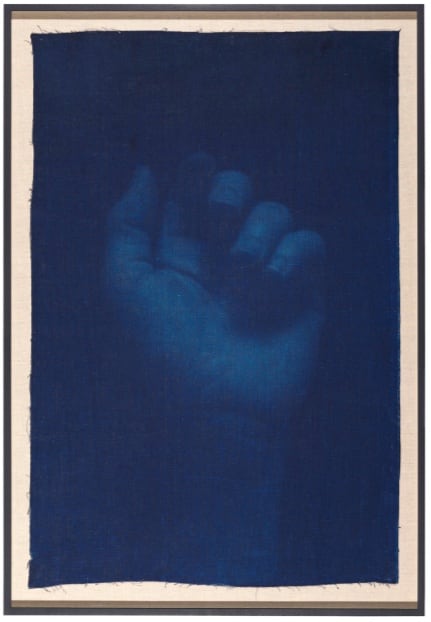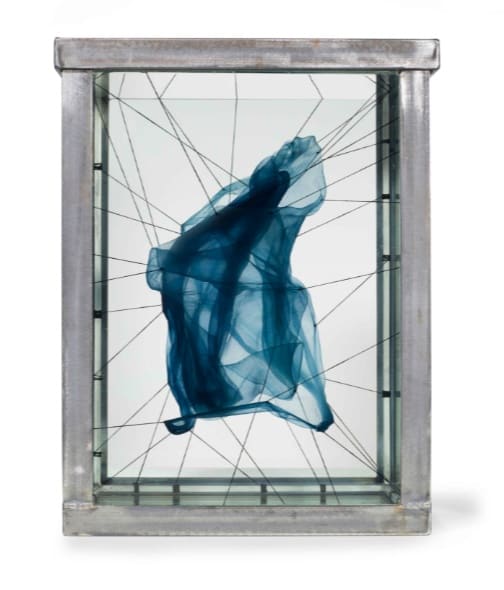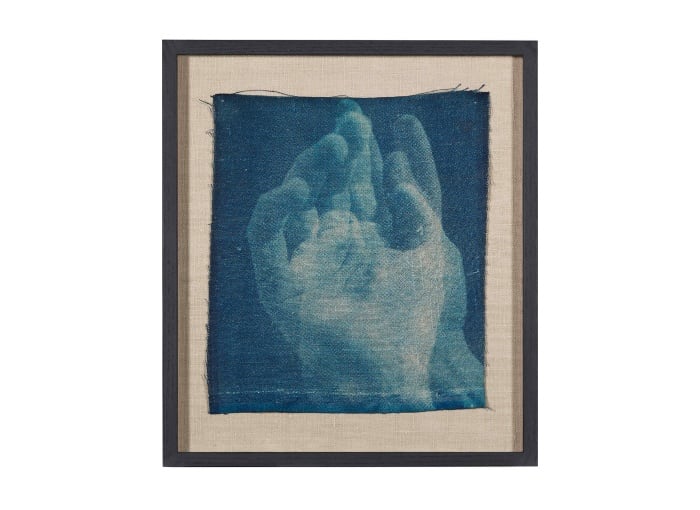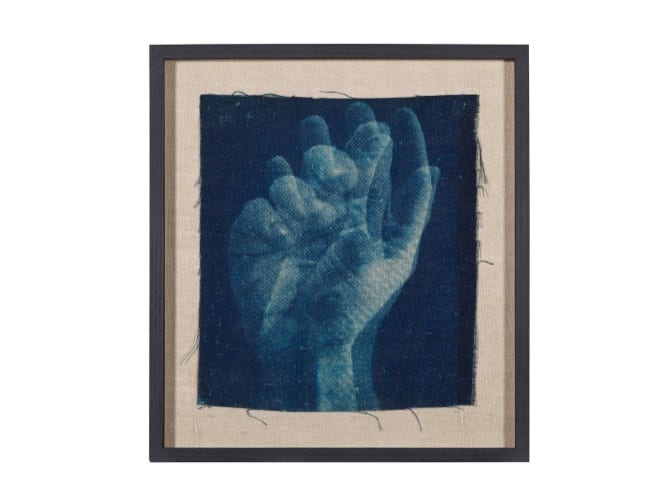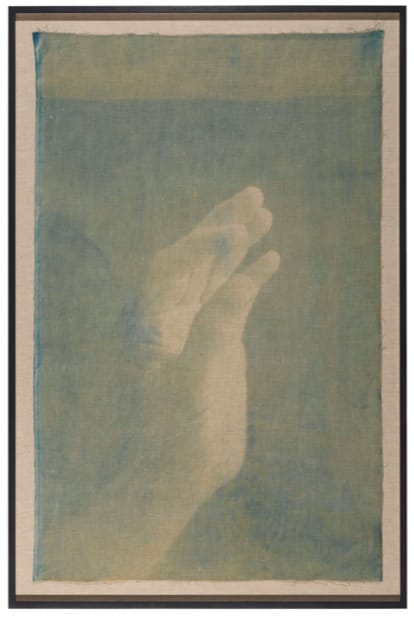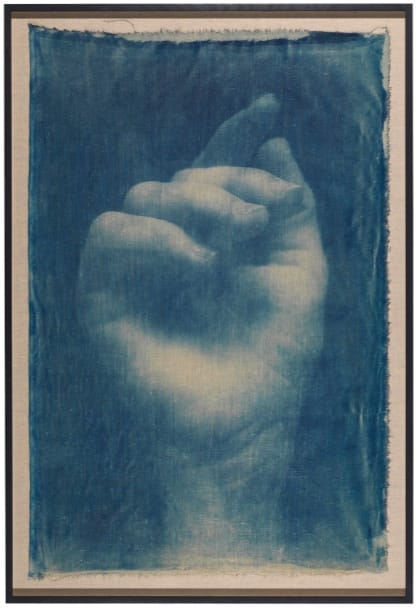Your pieces are impressive because they require an aesthetic understanding as well as a mastery of chemistry. How did your fascination with chemical processes start, and why do you think it continues?
To be honest with you, I am not very good at controlling any of these chemical processes, and I am not interested in reading about the correct way of doing them. It will usually start out that way because I need to know what each process was designed for and what its limitations are, but then my way of working is more coincidental and chaotic than controlled. I try to include and incorporate the element of chance throughout my work so that I don't have full control over it. Even though I use chemical processes, it would be difficult for me to repeat anything, because I don't keep any notes on how it's done. Even if I am working off the same negatives, the images come out very different depending on how they are treated, and much of that depends on the environment that I work in.
Your series The Pond, consisting of cyanotypes of hands, presents a ghostly familiarity to your viewers. We all recognise hands, and even though the rest of the body is not visible, the hands appear sentient in their own right. The use of the cyanotype process might distort their clarity, but the texture of the prints makes them feel very alive. Why did you decide to use cyanotypes, and why were hands important for you to depict?

I had been working with cyanotypes for a while, making photograms and more experimental non-image work. At the same time, I was thinking about photographing hands, because I was fascinated by the hand being the closest representation of our own identity. If you are looking in a mirror, you are often acting and posturing while facing your reflection, but a hand has a very honest existence. I began photographing my own hands, as well as the hands of people close to me, which was quite an intimate process. I took those hands and translated them into cyanotypes, and the depth and the blueness of the process gave them this otherworldly feeling, like they were detached from the body, floating in their own blue universe.
The hands are shown alongside your new series Tanks, where the concept of a cyanotype is stretched into a sculptural object. How do you represent the different features of a cyanotype in a sculptural form?
Tanks was created at the same time as the cyanotypes, and in the beginning they were actually under the same title: The Pond. I was building these tented shelters, stringing up pieces of cloth, and I liked the tension between the rope and the fabric - the way it created a space of its own. At the same time, I was working with the cyanotype hands, washing them in water. But every time I took them out of the water and they dried, they lost that deep blue magic. Searching for a way to include this missing element of water in my work, I started mixing those two experiments together, stretching canvas and fabric with ropes, then adding the liquid to that tension in a container. I discovered that opposites came out of this synergy: the tension of the strings and the weightlessness of the fabric. I think the first impression the tanks give you is that they have a certain beauty about them. But the more you look at them, the more eerie they become - which is also the purpose of the hands.
What do you want your audience to take away from this work?
In general, most of the work I do is fairly quiet, and it requires a quiet space. I don't necessarily want the audience to take something concrete away from my work. Instead, I want my work to create a space that allows the audience to detach somewhat, and slow down. It's not that the audience should connect to the pieces intellectually; it's more about an emotional connection. It is my hope that through that emotional connection, they can stay attuned or concentrated on this state of mind so that they are able to connect with that non-intellectual way of observing the world in the future. It's about opening up to the ability to observe the world through their belly and heart, and less through their mind.
Text by Cat Lachowskyj

